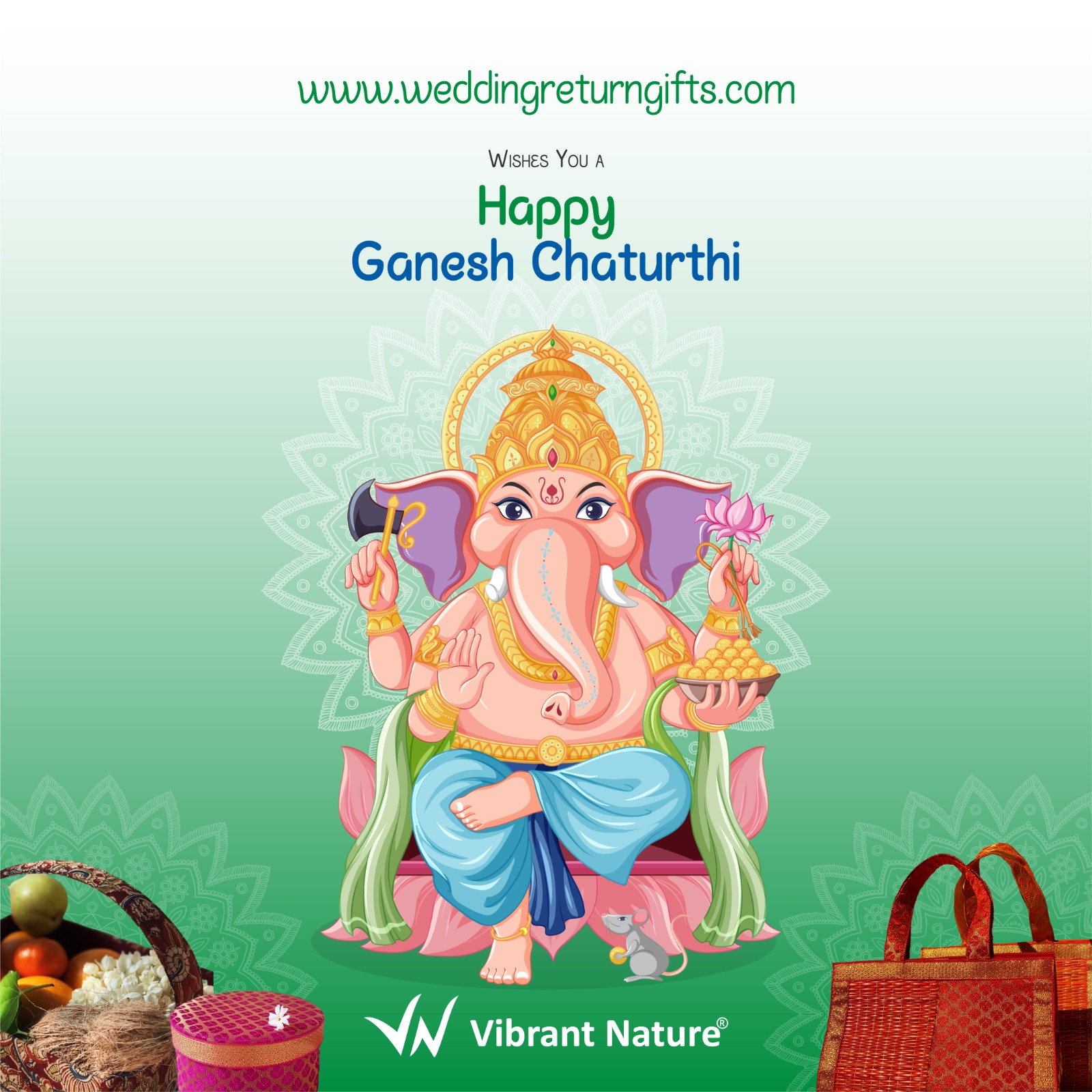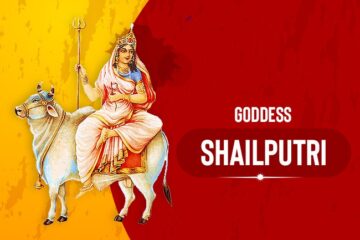India is a country that boasts a rich diversity of cultures and religions, each with its own distinct set of festivals and celebrations. One of the most vibrant and highly anticipated festivals in India is Ganesha Chaturthi, also referred to as Vinayaka Chaturthi. This grand celebration commemorates the birth of Lord Ganesha, the revered deity with an elephant head that symbolizes wisdom, prosperity, and good fortune. Ganesha Chaturthi is celebrated with immense enthusiasm and devotion all over the country, bringing together people from different backgrounds to celebrate their shared faith and joy.
The Origins of Ganesha Chaturthi
Ganesha Chaturthi has its roots in ancient India, with references to the festival found in texts such as the Ganapati Atharvashirsha and the Ganesha Purana. However, it was Lokmanya Tilak who popularized the modern form of the festival in the late 19th century. Tilak wanted to foster social unity and inspire the spirit of patriotism during the British colonial period. As a result, Ganesha Chaturthi evolved from a private family celebration into a grand public one. He encouraged people to install large, elaborately crafted idols of Lord Ganesha in public spaces.
The Festivities
Ganesha Chaturthi typically spans ten days, with the most genuine celebrations in the Indian states of Maharashtra, Goa, Karnataka, Telangana, and Andhra Pradesh. The festival begins with the installation of beautifully sculpted Ganesha idols in homes and public pandals (temporary structures) adorned with vibrant decorations. The idol-making process, which starts months in advance, is an art form in itself, and artisans take great pride in crafting the most intricate and artistic idols.
The first day of the festival marks Pran Pratishtha, where priests perform rituals to invoke Lord Ganesha and infuse life into the standards. Devotees offer prayers and perform aarti (rituals with lamps) to seek the blessings of the Elephant God. The idols are dressed in colorful attire and adorned with flowers, jewelry, and garlands.
One of the most exciting aspects of Ganesha Chaturthi is the immersion ceremony, known as Visarjan, which typically occurs on the tenth day. Devotees carry their idols in grand processions through the streets, accompanied by lively music and dancing. The atmosphere is electric as people chant “Ganpati Bappa Morya” (Hail Lord Ganesha) with fervor, expressing their devotion and love for the deity.
Eco-Friendly Celebrations
In recent years, there has been a growing awareness of environmental concerns associated with Ganesha Chaturthi. Many devotees have shifted to using eco-friendly idols made from clay or natural materials to reduce the ecological impact of immersion in rivers and lakes. This shift towards sustainability reflects a broader global consciousness about the environment and the importance of responsible celebrations.
The Joy of Unity
Ganesha Chaturthi transcends religious boundaries and brings people from various walks of life together. It is a time when communities unite, regardless of their backgrounds, to celebrate a common cultural heritage. The festival fosters a sense of belonging and solidarity among people, reinforcing the idea that diversity can coexist harmoniously.
Conclusion
Ganesha Chaturthi is a vibrant and colorful celebration that showcases the diverse cultural heritage of India. It is a time of devotion, creativity, and harmony, where people gather to seek the blessings of Lord Ganesha and share a sense of community. Even as the festival adapts to changing times, it continues to honor the timeless traditions and unwavering faith of the Indian people.




